
7 minute read
Tidbits Checks Out Libraries • (4-2-2023) • Vol. 19: #14
-Neil Gaiman
While the internet in today’s digital world is an everexpanding resource for myriad facts and data, most of us are, or should be aware that the web can be filled with questionable and sometimes deliberately misleading information presented to us as fact. And while Tidbits is certainly not trying to discredit the internet, we're taking time this week for an historic look at the age-old and trusted institutions still relied upon by millions for dependable reference and knowledge... our libraries.
LIBRARIES THROUGH HISTORY
• The word library comes from the Latin “liber” meaning the inner bark of trees, one of the earliest known materials used for written words.

• The oldest known library was the Royal Library of Ashurbanipal, named after the last great king of the Assyrian Empire, and located near what is now Mosul, Iraq. Established around 650 B.C., it included more than 30,000 clay tablets with cuneiform writing. The library was uncovered during an archaeological excavation of the royal palace in 1849. It contained records of transactions, historical accounts of wars, and religious documents, which were stamped as belonging to the king. It also included the “Epic of Gilgamesh,” one of the oldest pieces of literature ever discovered. It was originally written around 2100 B.C., though other clay copies were created as recently as 700 B.C.
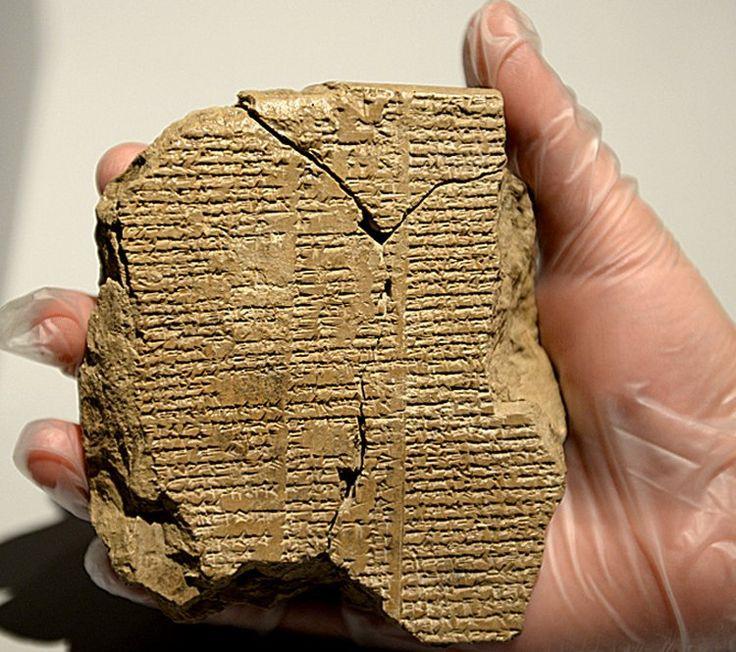
The "Epic of Gilgamesh" was recorded on clay tablets.
• The library at Saint Catherine’s Monastery, at the foot of Mount Sinai in Egypt, is the oldest continuously operating library in the world. It houses the world’s second largest collection of ancient manuscripts, with only Vatican City having a larger collection. It was established in the year 565 A.D. Its collection includes the oldest known complete Bible dating to around 345 A.D.
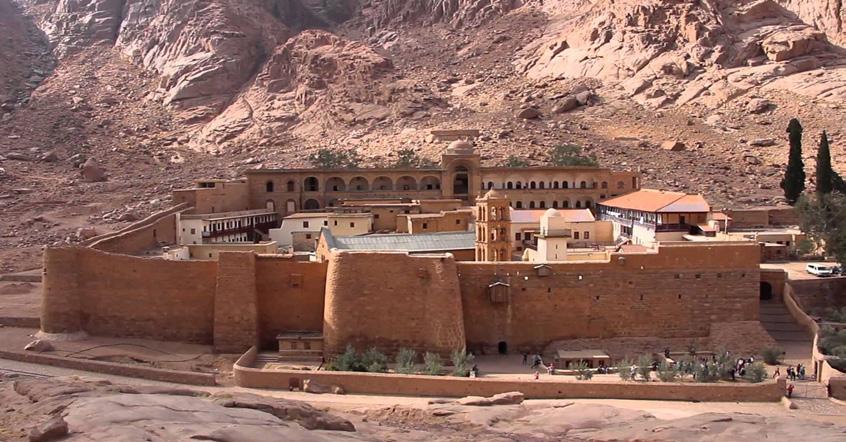
Located at the foot of Mount Sinai in Egypt, the library at Saint Catherine's Monastery is the oldest continuously operatin library in the world.
• The Great Library of Alexandria in Egypt was one of the largest and most significant libraries of the ancient world. Beginning around 300 B.C., various rulers were aggressive about collecting all the books they could, which were written on papyrus scrolls at the time. They even searched all incoming ships for any written material, which was confiscated, copied, and then returned – with the original remaining in the library. At its height, the Great Library of Alexandria had as many as 400,000 scrolls.
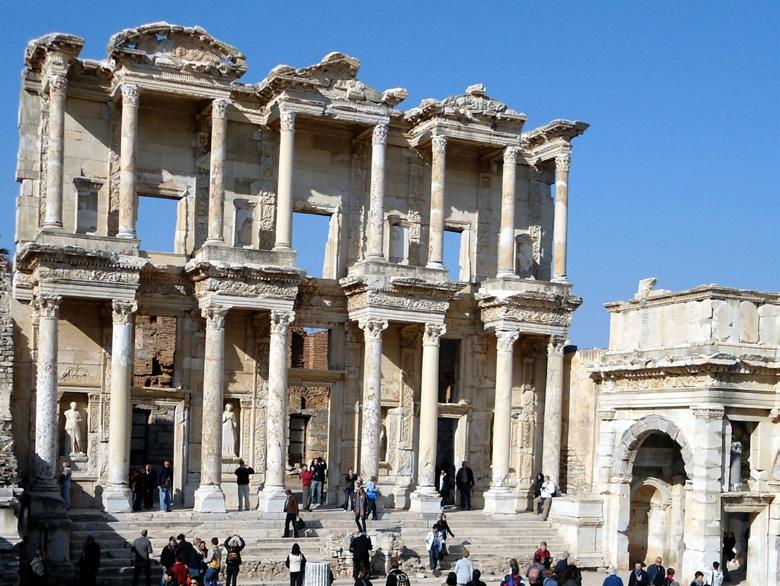
Tourists visit the ruins of the Great Library of Alexandria in Egypt.
• Many people erroneously believe that the library was destroyed by a single catastrophic fire. There were several accidental small fires through the centuries, including the blaze intentionally set on the wharves by Caesar in 48 B.C. to prevent the fleet belonging to Cleopatra’s brother from docking. That fire spread and some of the library was lost, but the true demise of the library was due to lack of funding, ending its use around 250 A.D.

• One of the oldest public libraries in the U.S. opened in 1790 in Franklin, Massachusetts, where residents circulated books donated by Benjamin Franklin following his death. Franklin had earlier started his own lending library in Philadelphia in 1731, requiring an annual subscription fee of 40 shillings.
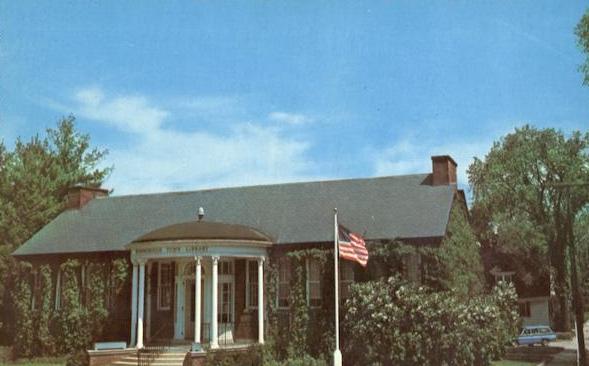
The Town Library in Peterborough, New Hampshire.
• The Town Library in Peterborough, New Hampshire, which opened in 1833, was the first free public library funded by a municipality with the purpose of making books available to the general community.
• British philanthropist George Moore funded the first-ever bookmobile in Great Britain in 1857. The horse-drawn wagon served books from bookshelves mounted on the outside and traveled between eight villages in northern England in order to “diffuse good literature among the rural population” as per Moore’s bequest.

• Andrew Carnegie became one of the wealthiest men in history by developing the steel industry into a massive monopoly that exploited workers. Yet, before he died in 1919, he gave away about 90% of his fortune, equal to about $5.5 billion in today’s dollars. He founded charities, contributed to universities, established institutes for the arts, and built over 2,500 libraries throughout the Englishspeaking world: the U.S., Britain, Australia, and New Zealand. In the U.S., Carnegie built 1,679 libraries that were totally free for the public to use.
• Many early libraries were built with apartments attached so the library’s custodians would have living quarters allowing them to keep shoveling coal into furnaces at all hours of the day and night to control the climate needed to protect the books.

EXTRAORDINARILY OVERDUE
• A collection of verses called “Days and Deeds” was checked out of Kewanee, Illinois Public Library in April of 1955 by Emily CanellosSimms. It was due on April 19, 1955. In 2002, some 47 years later, Emily found the book in her mother’s house and gave it back, with an overdue fine of over $345 having accrued at the rate of 2 cents per day.
• In 2016, the granddaughter of a man who had checked out “The Microscope and Its Revelations” from Hereford Cathedral School in Britain returned the title 120 years late.
• In 2011, the Camden School of Arts lending library in Australia had a first edition of Charles Darwin’s “Insectivorous Plants” returned to them. The book had been checked out in 1889 and had lain among the book collection of a retired veterinarian before the library stamp was noticed and the book returned, some 122 years overdue.
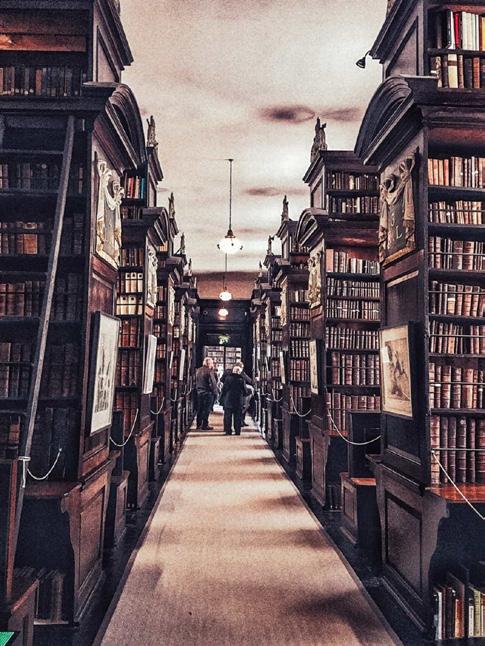
A view from inside Marsh's Library, in Dublin, Ireland.
• At Marsh’s Library in Dublin, Ireland, visitors reading rare books were locked in cages until they were done, to prevent theft.
UNSUAL LIBRARIES
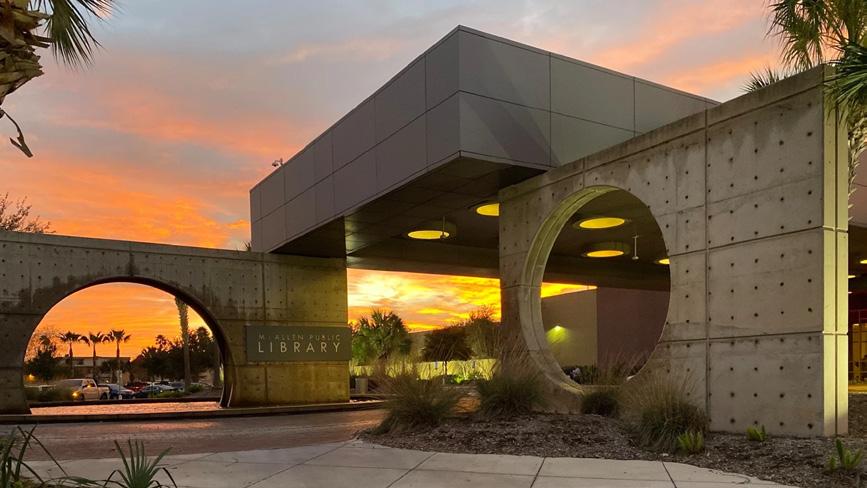
The McAllen Public Library, in McAllen, Texas.
• The McAllen Public Library in Texas is housed in a converted Walmart. It opened in December 2011, and is the largest single-floor library in the United States, occupying 125,000 square feet (11,600 m2), or two and a half times the area of a standard football playing field. It includes an art gallery, 16 public meeting spaces, 14 public study rooms, three computer labs, a used book store, a café, and a 180-seat auditorium.
• Vermont is home to a library that straddles the U.S. border to Canada. The Haskell Free Library and Opera House sits directly on the border. You can walk in from Stanstead, Quebec, and walk out into Derby Line, Vermont. You don’t need a passport to cross the (literal) line running through the building, but you do have to return to your country of origin or risk stiff fines.

The Osmotheque is a library of smells.
• The Osmothèque is a library of odors in Versailles, France. Founded in 1990, it serves as a repository for perfumes, containing over 3,200 scents. The intention of the collection is to safeguard formulas, archive the history of individual scents, and track samples donated by the manufacturers.
• Some German cities have “art libraries” where members pay a small fee to borrow paintings and sculptures from local artists to put into their homes for specified periods of time.
• Some libraries allow you to check out seeds with the intention that gardeners will replace the seeds after their crop is harvested.
• The Oakland Library in California maintains a “tool lending library” of 3,500 tools
***
• Is the internet replacing the public's use of libraries? According to a 2022 study by the American Library Association (ALA), there are more American public libraries than Starbucks (more than 17,000). These libraries serve as community hubs that support and empower local community members' social, political, and personal well-being.

They also provide other services to communities, such as free access to computer centers and Wi-Fi, story times to children, language classes to immigrants and technology training to everyone, all of which are services the internet can't provide. □



